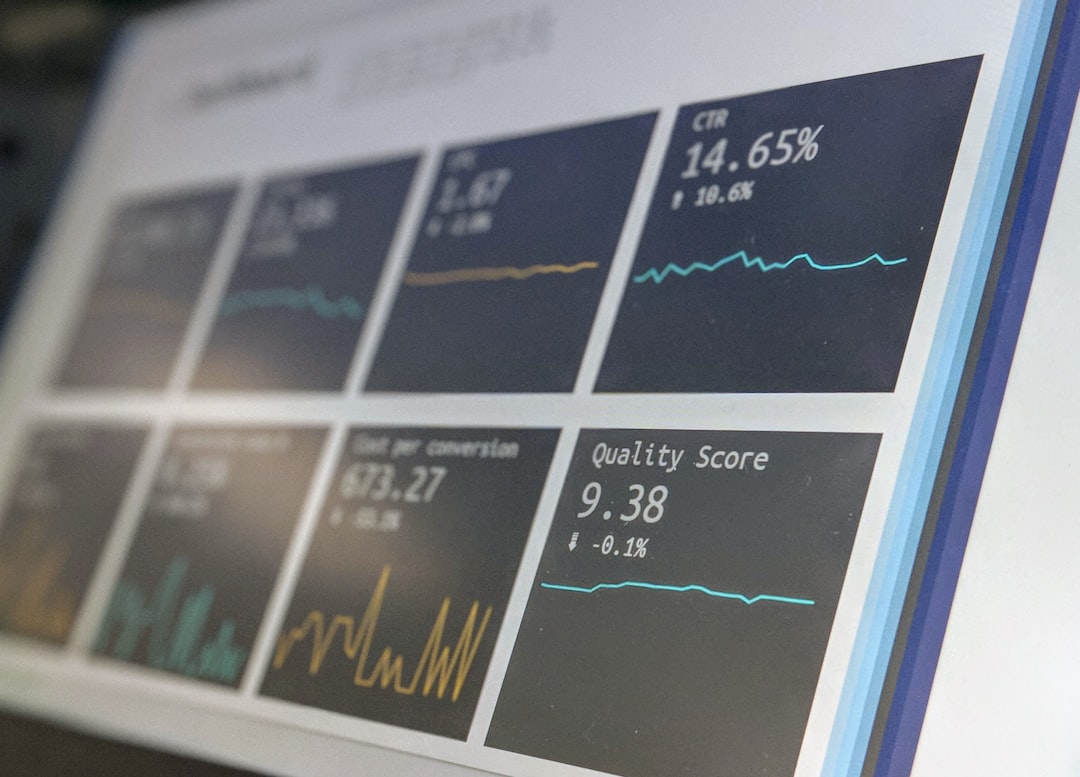
How to Leverage Financial Data for Economic Analysis
# Introduction. Financial data plays a fundamental role in economic analysis, providing insights that can shape decisions and strategies. In the complex landscape of business, understanding how to interpret and use financial data effectively is crucial for achieving objectives such as growth, sustainability, and improving financial performance. This guide will equip you with the knowledge needed to leverage financial data for comprehensive economic analysis. # Understanding Financial Data. Financial data encompasses a wide range of information collected from various sources within a business. This includes data from income statements, balance sheets, cash flow statements, and more. The first step to leverage financial data is to ensure a solid understanding of these statements and how they reflect a company's financial health. 1. **Income Statements** provide insights into revenues and expenses, allowing you to assess profitability over a specific period. 2. **Balance Sheets** offer a snapshot of assets, liabilities, and equity, which helps you evaluate the company's financial stability. 3. **Cash Flow Statements** track the flow of cash, providing clarity on liquidity and operational efficiency. Knowing how to analyze these documents enables you to identify trends and areas that require further investigation. # Choosing the Right Tools. Leveraging financial data requires the appropriate tools for analysis. Several software platforms and tools facilitate the collection, organization, and analysis of financial data. 1. **Spreadsheets** like Microsoft Excel or Google Sheets are excellent for basic data management and analysis. They allow for straightforward calculations, pivot tables, and macros to streamline processes. 2. **Business Intelligence (BI) tools** such as Tableau, Power BI, or QlikSense offer sophisticated visualization methods and data dashboards, which are essential for understanding complex datasets at a glance. 3. **Financial analysis software** like QuickBooks, FreshBooks, or SAP can automate data entry and provide essential insights through advanced reporting features. Choosing the right tool will enhance your capability to analyze financial data efficiently. # Analyzing Trends and Making Predictions. Once the data is organized and your tools are set up, the next step is analyzing trends and making predictions. Analyzing historical data helps businesses identify patterns and trends that can inform future decisions. 1. **Historical Comparisons**: Assessing financial performance over various periods helps recognize whether a business is improving or declining. 2. **Benchmarking**: Comparing financial metrics against industry standards provides context for your performance. Are you lagging behind your competitors? 3. **Variance Analysis**: This approach investigates the differences between planned financial performance and actual results, highlighting areas needing attention. Making informed predictions based on these analyses allows for strategic planning, risk management, and proactive business decisions. # Utilizing Financial Ratios. Financial ratios provide crucial insights that help simplify complex financial narratives into more digestible metrics. Ratios can be used to evaluate various aspects of a company's performance, including profitability, liquidity, and operational efficiency. 1. **Profitability Ratios**: These include the Gross Profit Margin, Net Profit Margin, and Return on Assets. They provide insights into how well a company converts sales into profits. 2. **Liquidity Ratios**: Ratios like the Current Ratio and Quick Ratio assess a company's ability to meet short-term obligations. 3. **Leverage Ratios**: Providing insights into how much debt a company is using to finance its assets, such as the Debt-to-Equity Ratio and Interest Coverage Ratio. Effective use of these ratios supports informed decision-making and strategic planning. # Conclusion. Leveraging financial data for economic analysis is a multi-faceted process that requires understanding, the right tools, trend analysis, and effective use of ratios. By improving your abilities to interpret financial information and analyze it accurately, you will position your organization for success. As economic conditions fluctuate, the strategic use of financial data will provide a competitive advantage that allows your organization to adapt and thrive in the business landscape. --- When approached thoughtfully, economic analysis can transform financial data from mere numbers into strategic insights that drive business growth and sustainability. .






